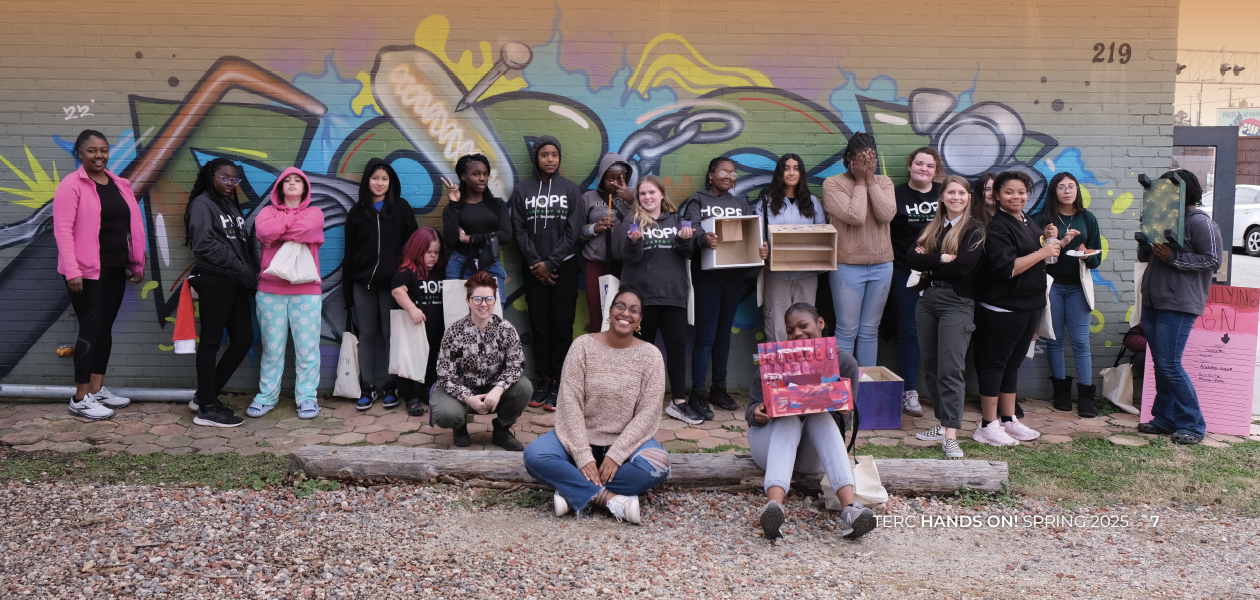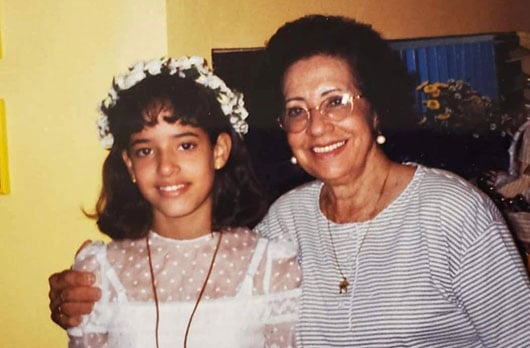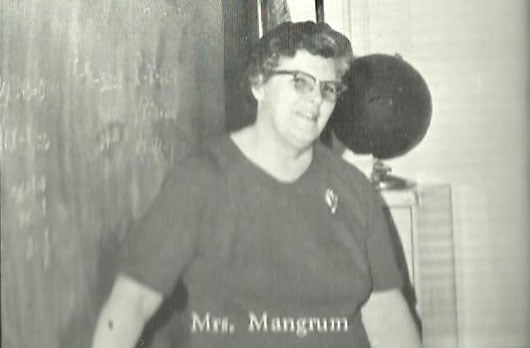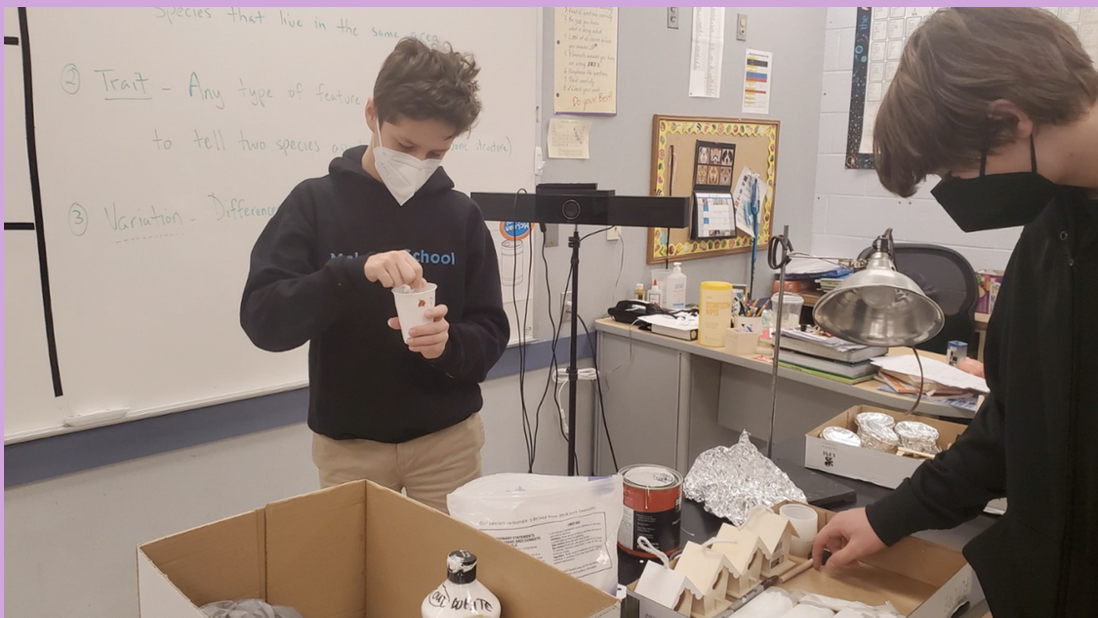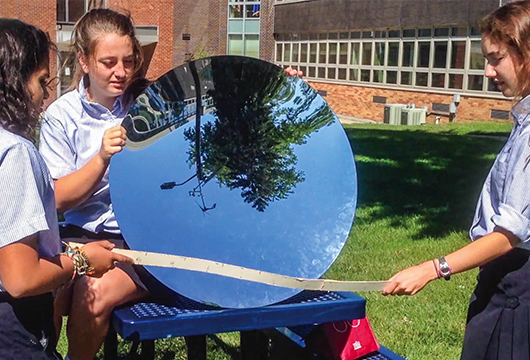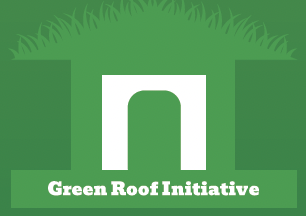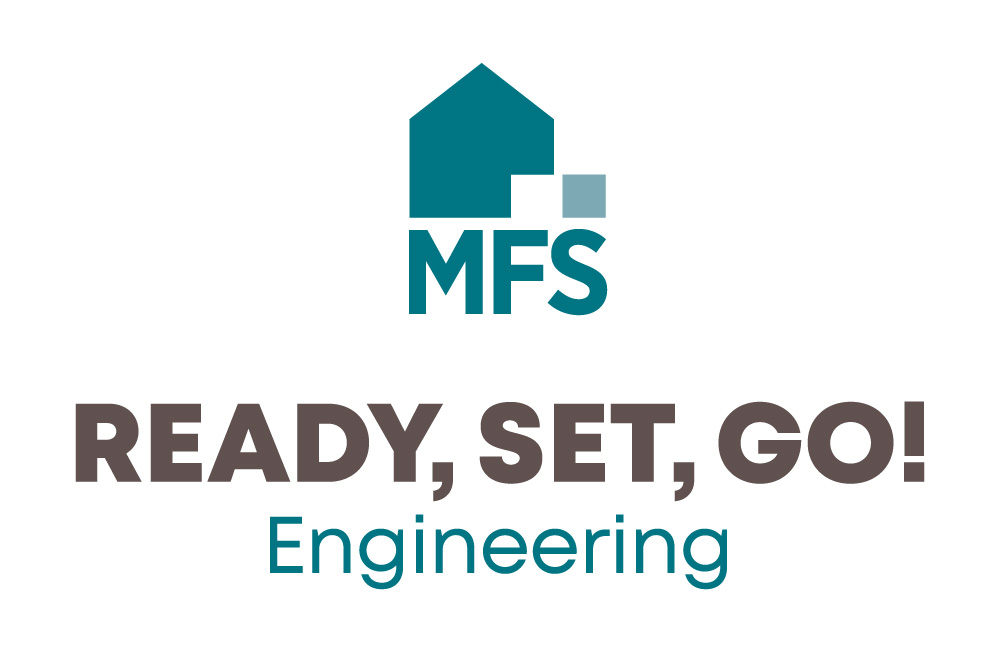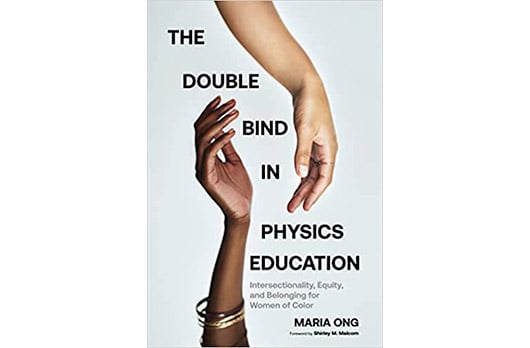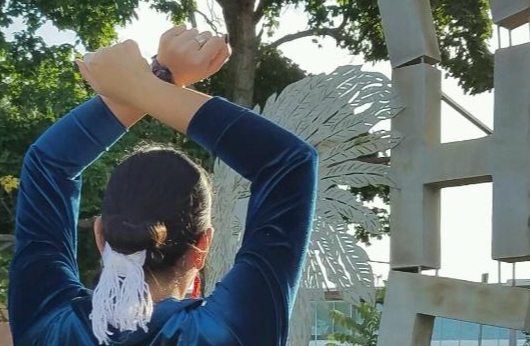TERC Blog
Discovering STEM, entrepreneurship, and careers through making
African American Young Women in Making to Engage in STEM and Entrepreneurship (AAMASE) is a National Science Foundation ITEST Developing and Testing Innovations project aimed at serving 13–18-year-old young Black women in Greensboro, NC. TERC collaborated with the Forge Greensboro, a nonprofit community makerspace.

Through participatory design research, we engaged youth in making and entrepreneurship activities emphasizing STEM disciplinary practices that built their engagement and skills in STEM and their awareness of STEM career pathways. Participants learned how to design, build, and pitch a product with guidance from designers, makers, STEM educators, and entrepreneurs.
The research included interviews with partners, mentors, and facilitators; activity recordings; and interviews with the youth. The highlights below are based on data from four groups that participated in the program for 8-10 weeks. Each group had about 10 middle and high school age young women who were mostly Black or African American, but also included white, Native Hawaiian, and Latina young women.
Entrepreneurship
Dimensions of Entrepreneurship
The youth, like Vanessa, appreciated that AAMASE introduced them to the possibility of creating their own companies and selling their products: “If I do well, I can sell the stuff and build my own little company.” Some participants had a vision for their products, including the problems they would address, and their aesthetics. Nicole, for example, talked about her personalized whiteboard concept:
This is your own personal handy dandy whiteboard. But it’s different from an average whiteboard. Average whiteboards, they’re plain. They’re boring. … [This whiteboard would] be able to support your reservoir [of creativity]. It will come in any shape or size ... If you want a heart, rest assured, whatever your desire is, I will make it.
In their final presentations, participants showed awareness of the dimensions of entrepreneurship, including pricing, marketing, and materials needed, and they discussed these with different levels of comfort. One commonly omitted area was the price of labor. Youth often underestimated the time spent in making the product and the value of their time. These factors resulted in consistent underpricing of their products. It should be noted that pricing is a common challenge for new making-based businesses.

Brand Development
Many youth had precise brand visions. Some of them even planned to sell their products to their school friends. For Nicole, it was important for her brand to reflect her unique personality:
[My poster] says “I feel like a pea in my pod”. That’s basically saying “You could be surrounded by so many people, but you feel like you’re an individual person. … You can have all these friends, but you’re like a pea in a pod.” … There’s one specific pea that represents me out of my friend group. I feel like the weird one.


She wanted her products and brand to reflect her feeling of being different even when surrounded by friends. She also wanted to create idiosyncratic products. AAMASE supported young women’s creative thinking about product and brand development using the skills they learned in the program to reflect their personalities and interests.
Everyday Skills and Hobbies
The young women enjoyed experimenting with different materials and learning new skills in the program. For some, these were hobbies or useful abilities for everyday life. Hailey, for example, considered the program to be useful in several ways. She saw it as “A great way to see new hobbies and stuff, something that is important enough to put on a college resume” because she could show that she had skills, like wood carving, and that she could use tools. She also found it valuable that she could use those skills to help people and to save moneybecause she learned “to make things so you’re not paying someone else.”
Similarly, multiple youth talked about sewing and pottery as skills to save money and help others. Vanessa pointed out that “Instead of shopping, I can just make my own clothes and build my own plates and bowls.” Hannah mentioned how pottery skills would allow her to make a flowerpot for her grandmother and learning to use a sewing machine would allow her to make herself clothes. Niarra and Blair also talked about using their newly-acquired sewing skills to fix ripped clothes for themselves, family, and friends.

Careers
Partners and mentors pointed out that participating in AAMASE provided youth with career alternatives that they had not previously considered, particularly entrepreneurship and specific making disciplines. Daisy, a mentor, emphasized that youth could take what they learned in AAMASE in multiple directions: creating a business, learning a skill or trade, establishing a career, or simply doing something fun. Daisy noted, “that’s how AAMASE feels to me, we give them a chance to do a thing that they might not have ever had a chance to do.” Margot, another mentor, talked about how AAMASE sparked ideas for two participants’ gap years:
There are a couple of seniors who are deciding to take a gap year, and because of this class and listening to some of the thingsthat [the AAMASE facilitator] had said and some of the projects that they’ve done, they’re looking to try to grow some businesses out of that during the summer in their gap year.
Evan, one of the partners who brought youth to the program, emphasized that the young women who participated in AAMASE developed relationships with program staff, learned about STEM career options, and became “more future oriented”:
The girls in our program have ... become more future- minded. [Serena] is there because she loves anything women’s empowerment and girls’ empowerment. She’s huge about girls doing anything that anyone else is doing. She has just fallen in love with the program. It is one of her favorite things that she does. She lights up. She has to be there.
 Serena shared that she wanted a career working in a similar program, facilitating activities for young women. She already worked with children, so AAMASE provided her with a view of a related career path involving STEM and making.
Serena shared that she wanted a career working in a similar program, facilitating activities for young women. She already worked with children, so AAMASE provided her with a view of a related career path involving STEM and making.
The opportunity to experience making disciplines that they would not usually be exposed to such as metalwork and woodwork, presented young women new potential career options. Morgan and other youths shared that metalworking used to seem scary, but that trying it through AAMASE turned it into something empowering and fun:
I’ve always wanted to be an artist. My dream has been to be a children’s book writer and to draw my own or paint my own illustrations. Either that or in metalworking. That’s something that I think is just really interesting and it can be a really sustainable job. I definitely do see myself being able to have a job with this.
Morgan found that metalwork gave her self-confidence, leading her to now consider it a viable career choice.
Conclusions
AAMASE presented young women in the program with an array of skills that allowed them to be engaged in enjoyable and productive activities. Some of these skills were potential hobbies or everyday skills while others allowed them to explore careers that they would not have learned about otherwise and that they found empowering.
To learn more, visit the AAMASE website terc.edu/projects/aamase
Authors
Dr. Nuria Jaumot-Pascual, Ph.D., is a Research Scientist at TERC. She researches the experiences in STEM education and careers of populations that live at the intersection of interlocking marginalities, with an emphasis on gender and race/ethnicity. She currently co- leads several National Science Foundation–funded projects. Two of them use participatory and co-design methods to bring STEM and making to youth from groups that experience marginalization. She is also co-PI of two studies on the experiences of Native students and professionals in STEM and of a project that brings qualitative meta-synthesis methods to scholars focusing on equity in STEM. Dr. Jaumot-Pascual is a member of the research advisory board for the ADVANCE Resource and Coordination (ARC) Network. She specializes in qualitative, literature synthesis, and visual inquiry methods and holds a doctorate in Qualitative Research and Evaluation Methodologies from the University of Georgia.
Elise Levin-Güracar is a math educator and researcher at TERC. She is on the design and research team for AAMASE. She studied education, public policy, and sociology at the University of California at Berkeley, and received her secondary math teaching credential after student teaching with a 7th-grade class. She continues to teach math to third- through eleventh-graders. As a maker, she enjoys gardening, playing with acrylic paint, and learning new crafts (most recently ceramics and water marbling).
Ken Rafanan is a Senior Education Researcher at TERC. He develops learning activity systems integrating teacher professional development, curriculum, assessment, and technology designed to develop learners’ agency and enhance learning of STEM disciplines. Ken’s recent work has focused on the use of making to support learning for students in and out of school. In addition to leading the AAMASE project, Ken is a co-PI on a National Science Foundation Advancing Informal STEM Learning funded research project to develop and research an after-school program designed to engage rural, Latinx youth in design thinking and math through making. Ken is an avid maker with a focus on ceramics.

